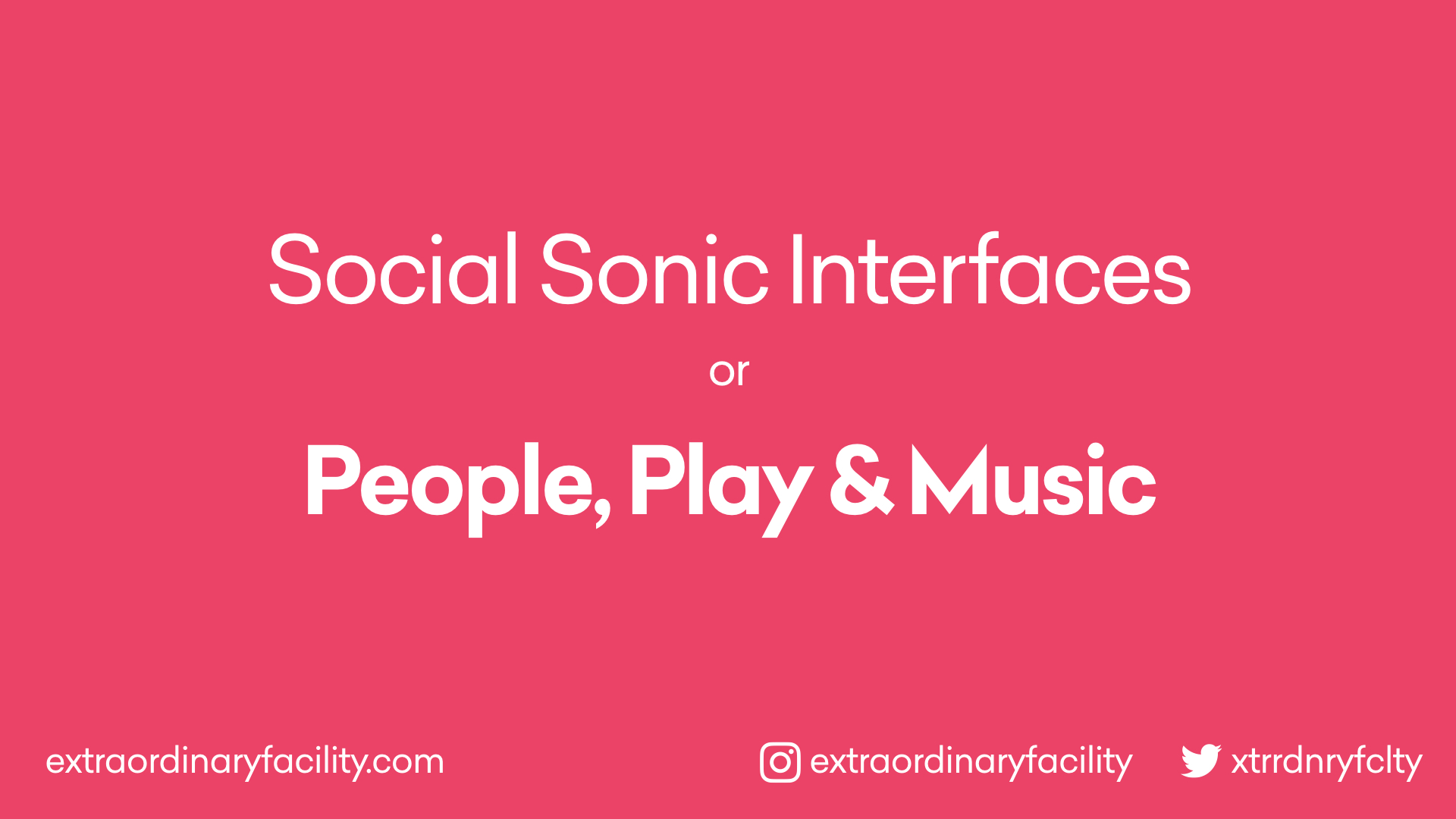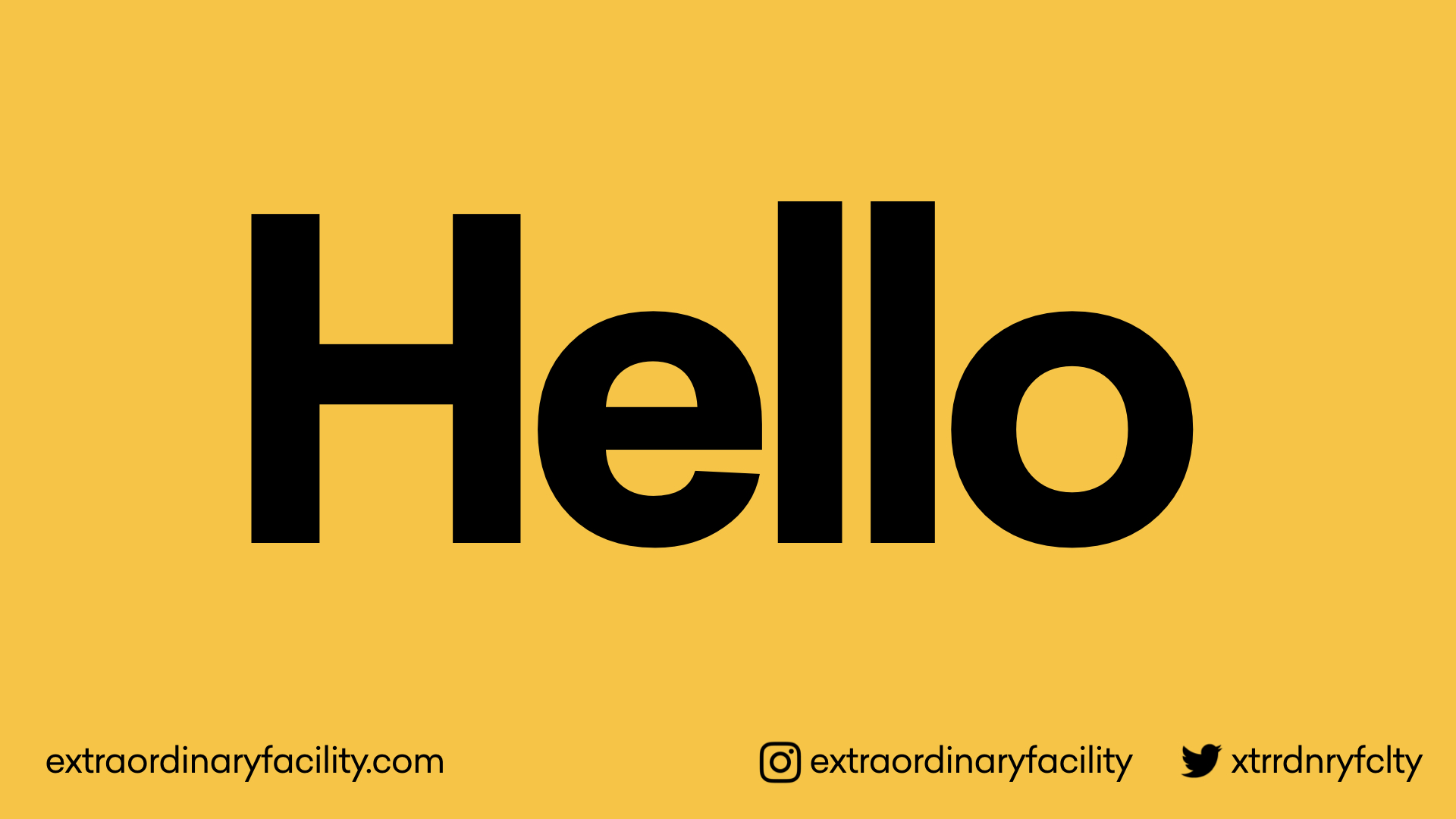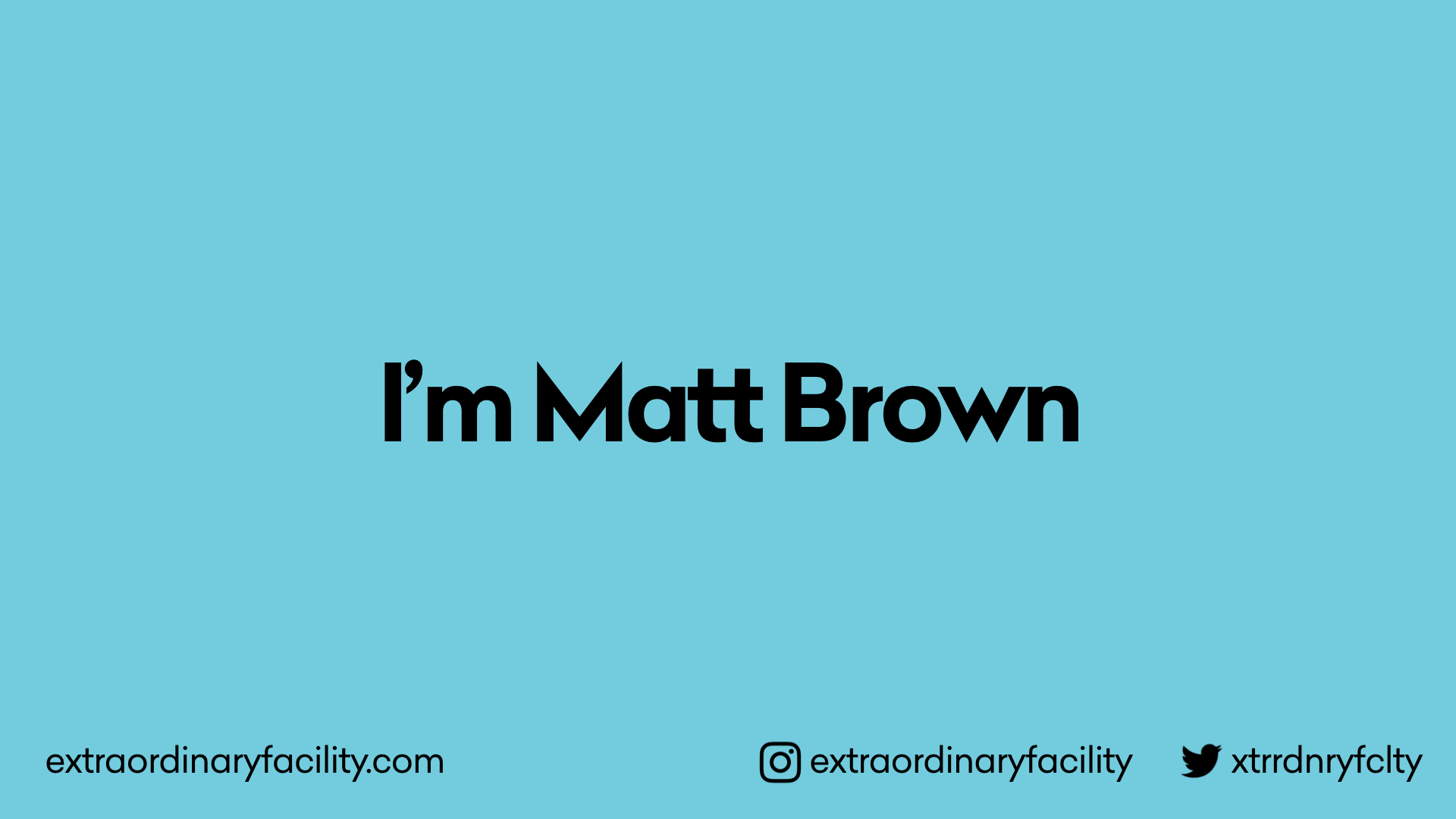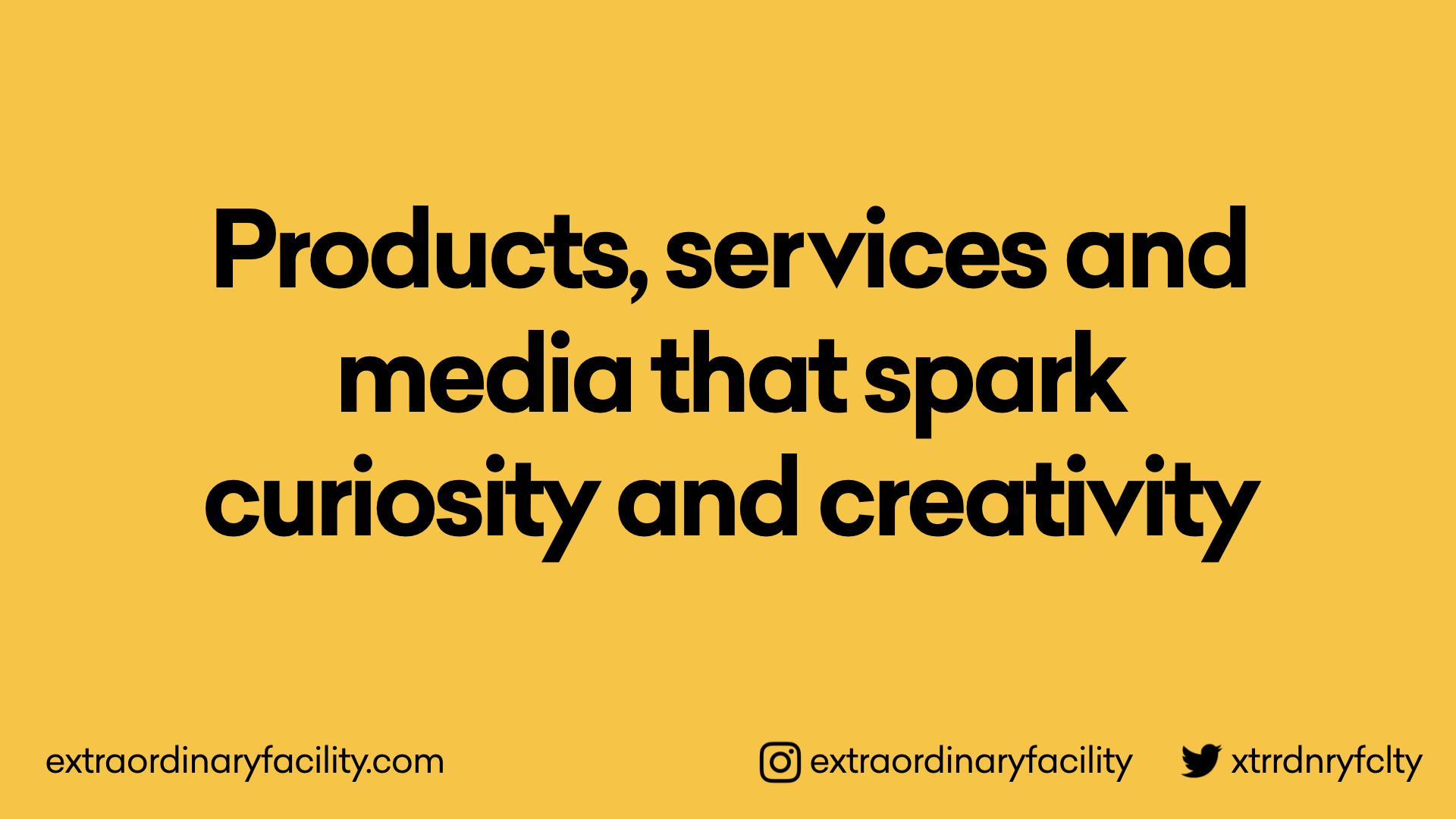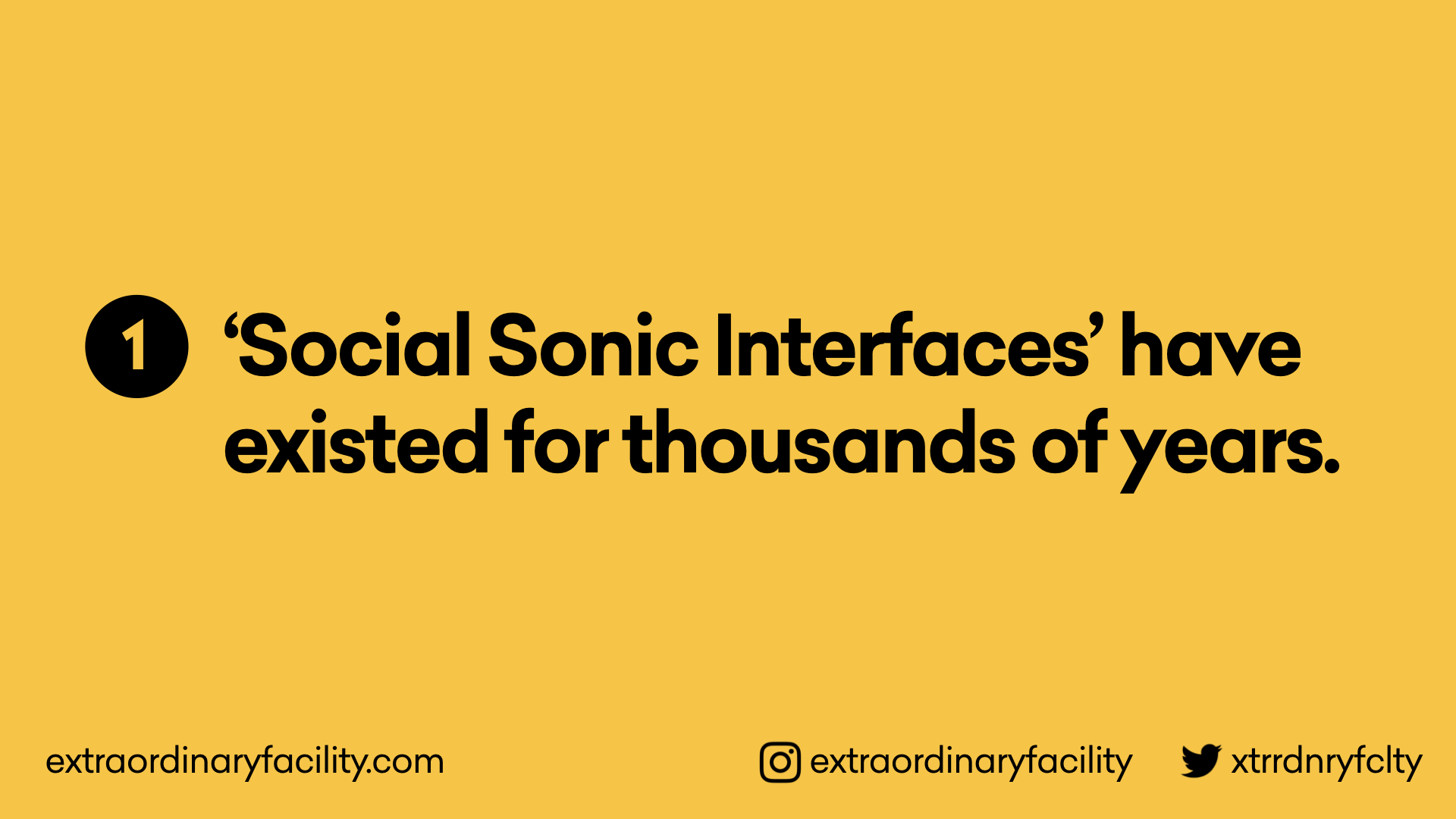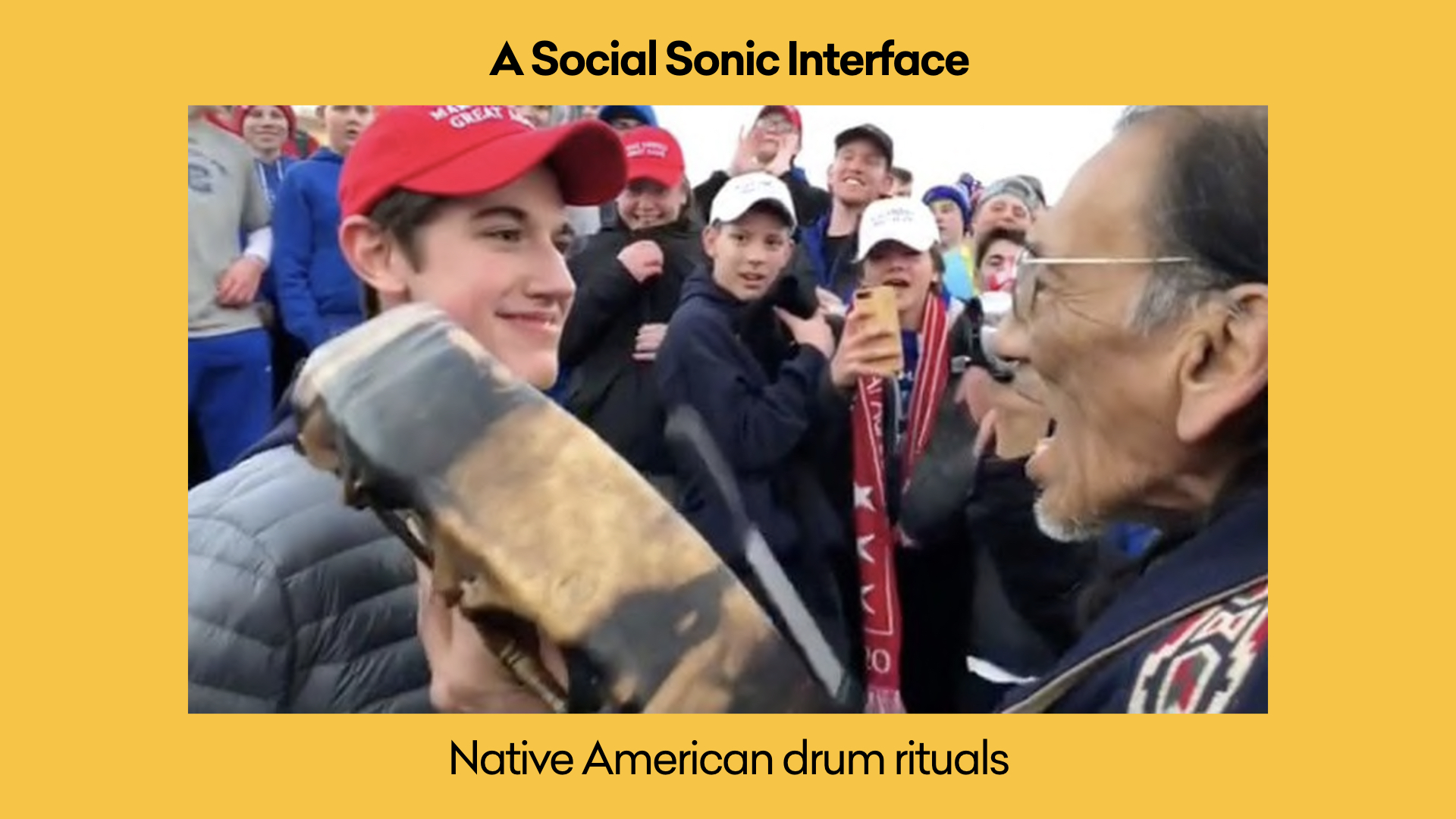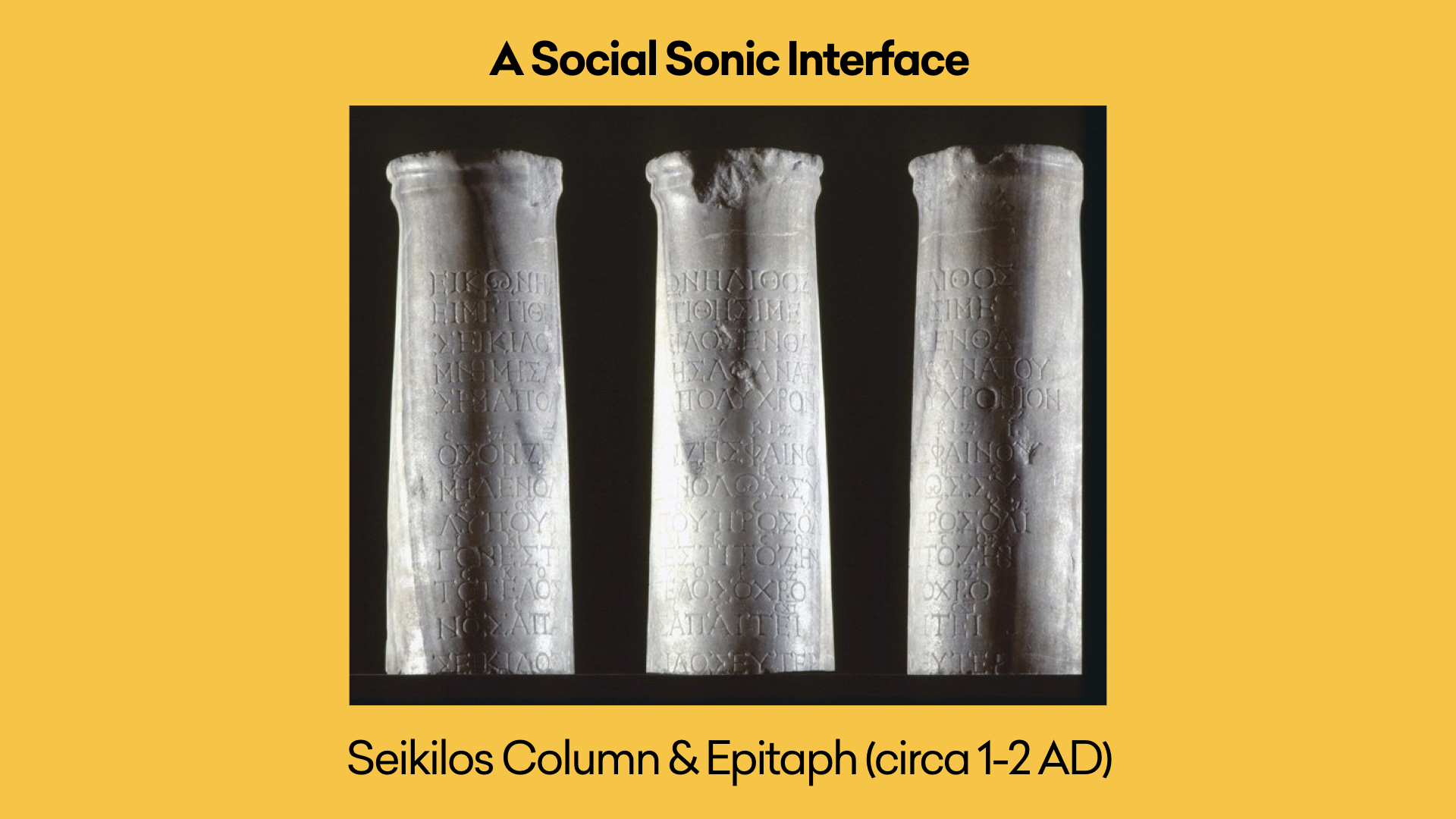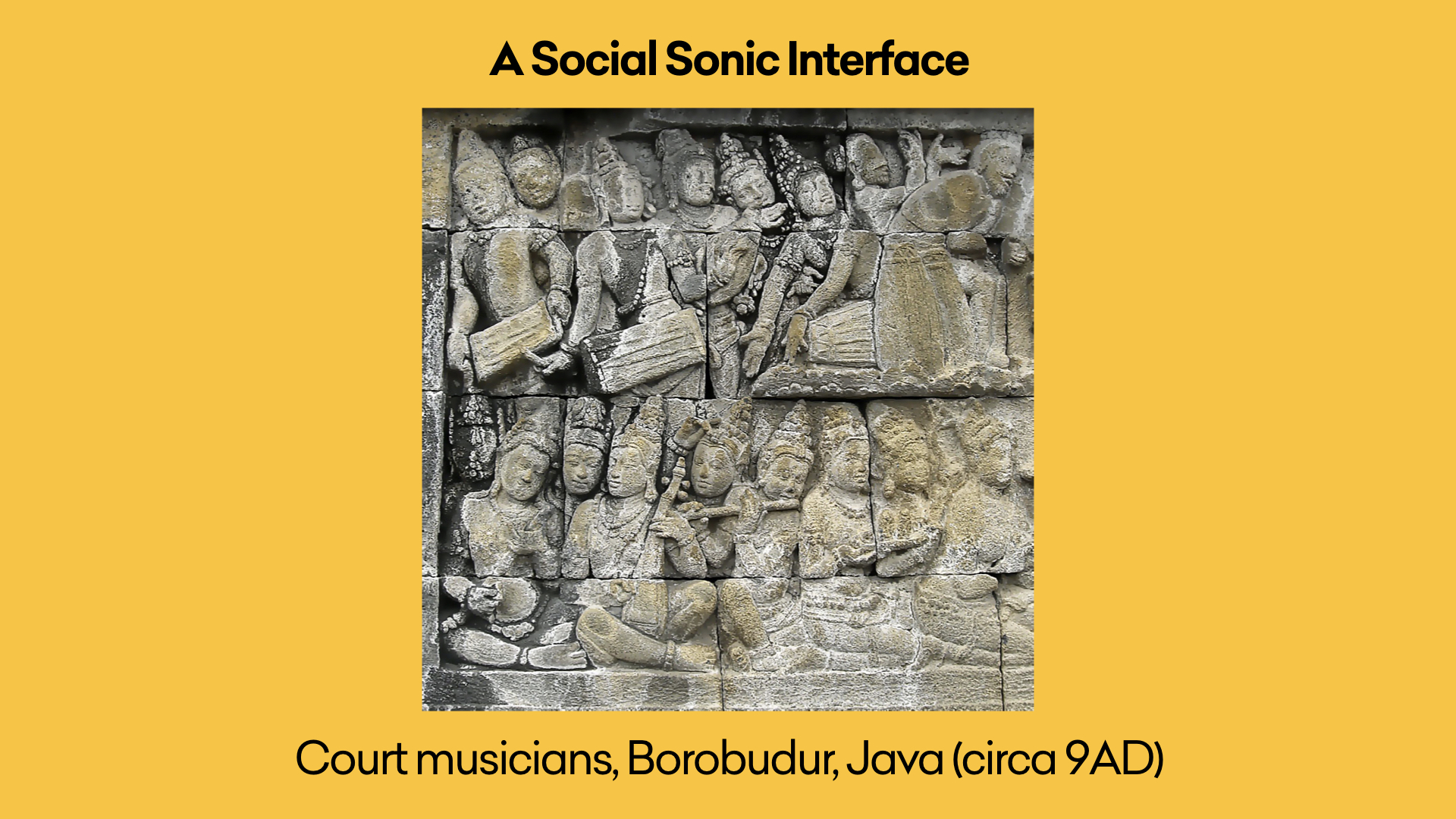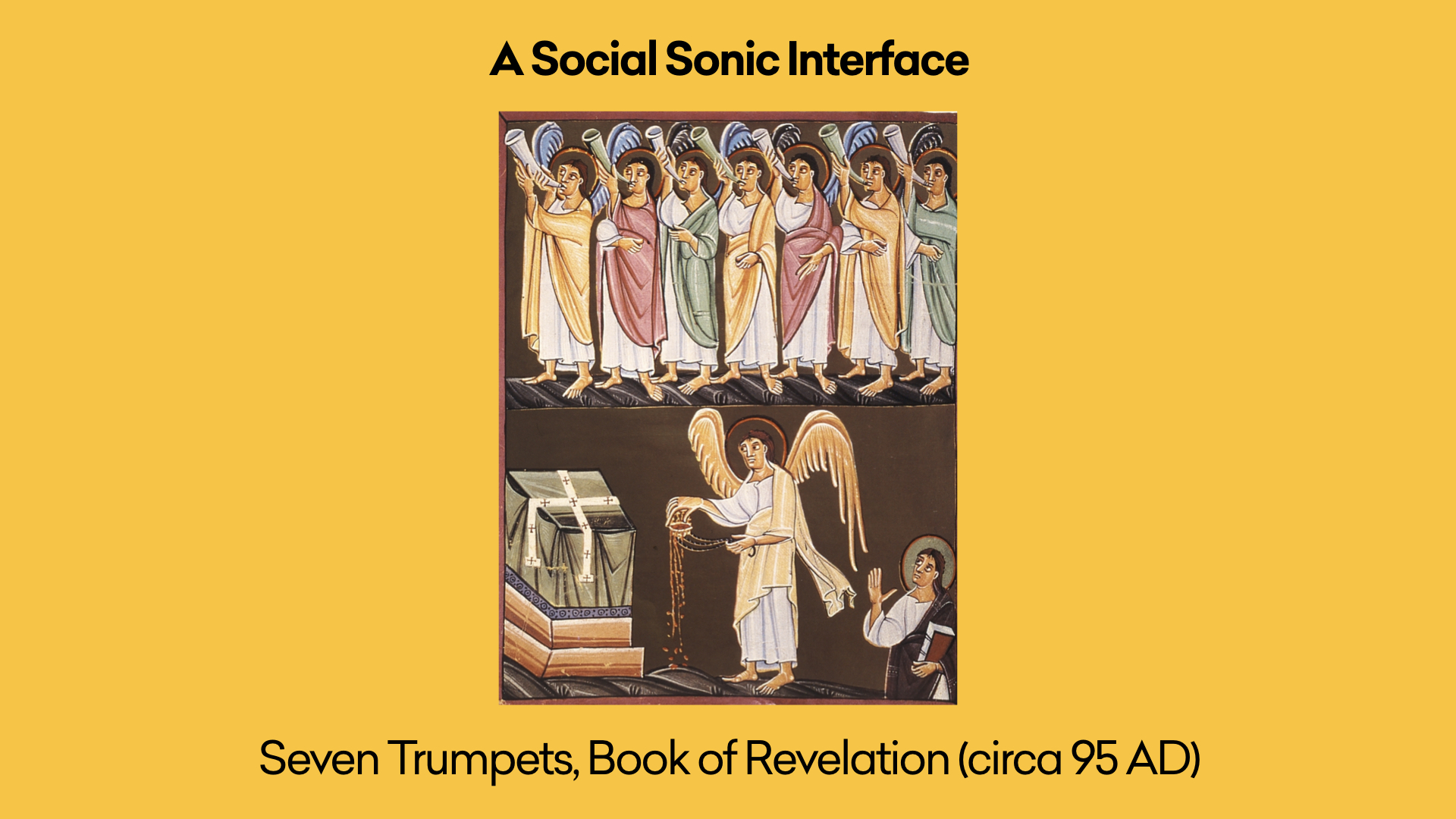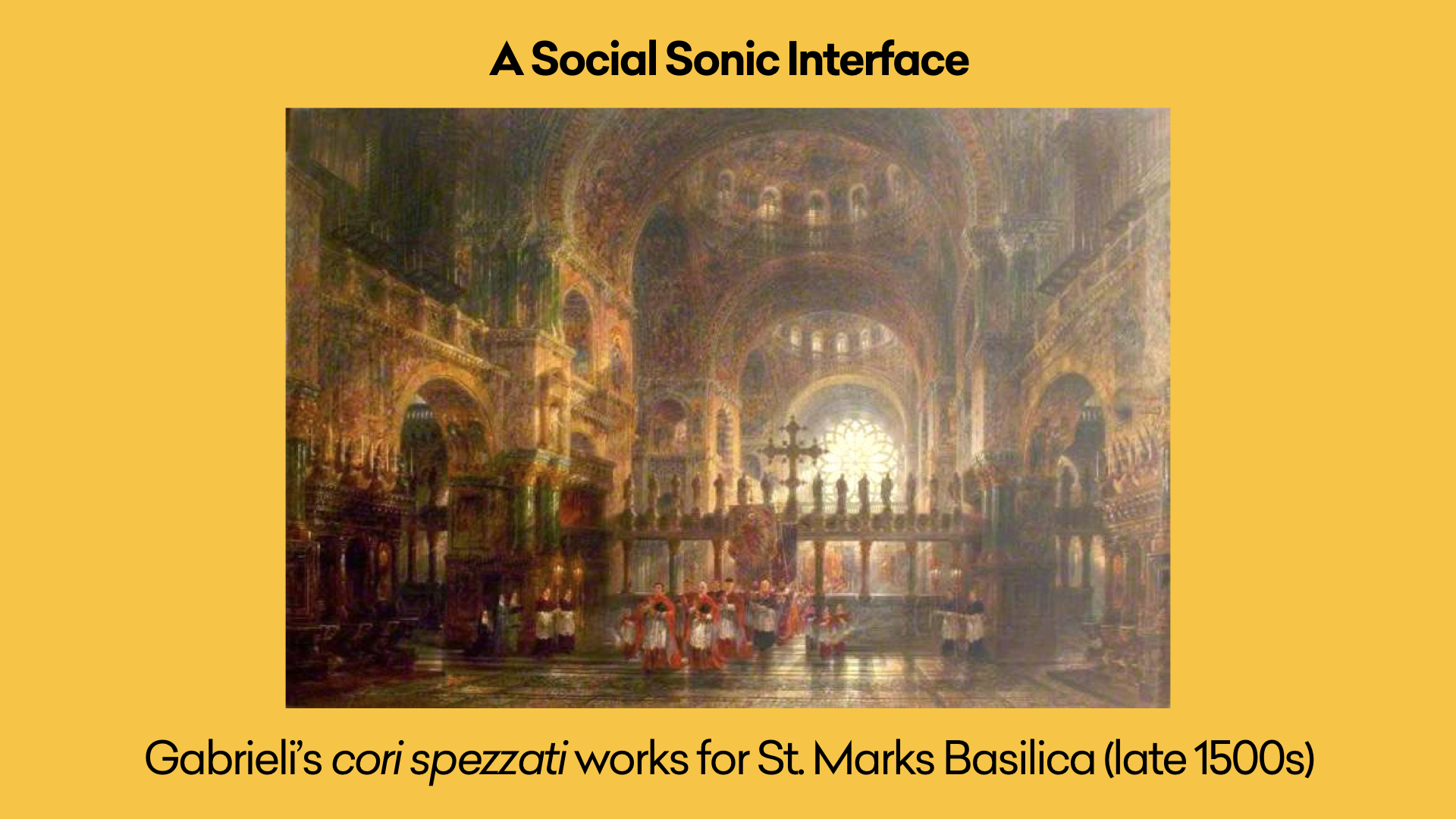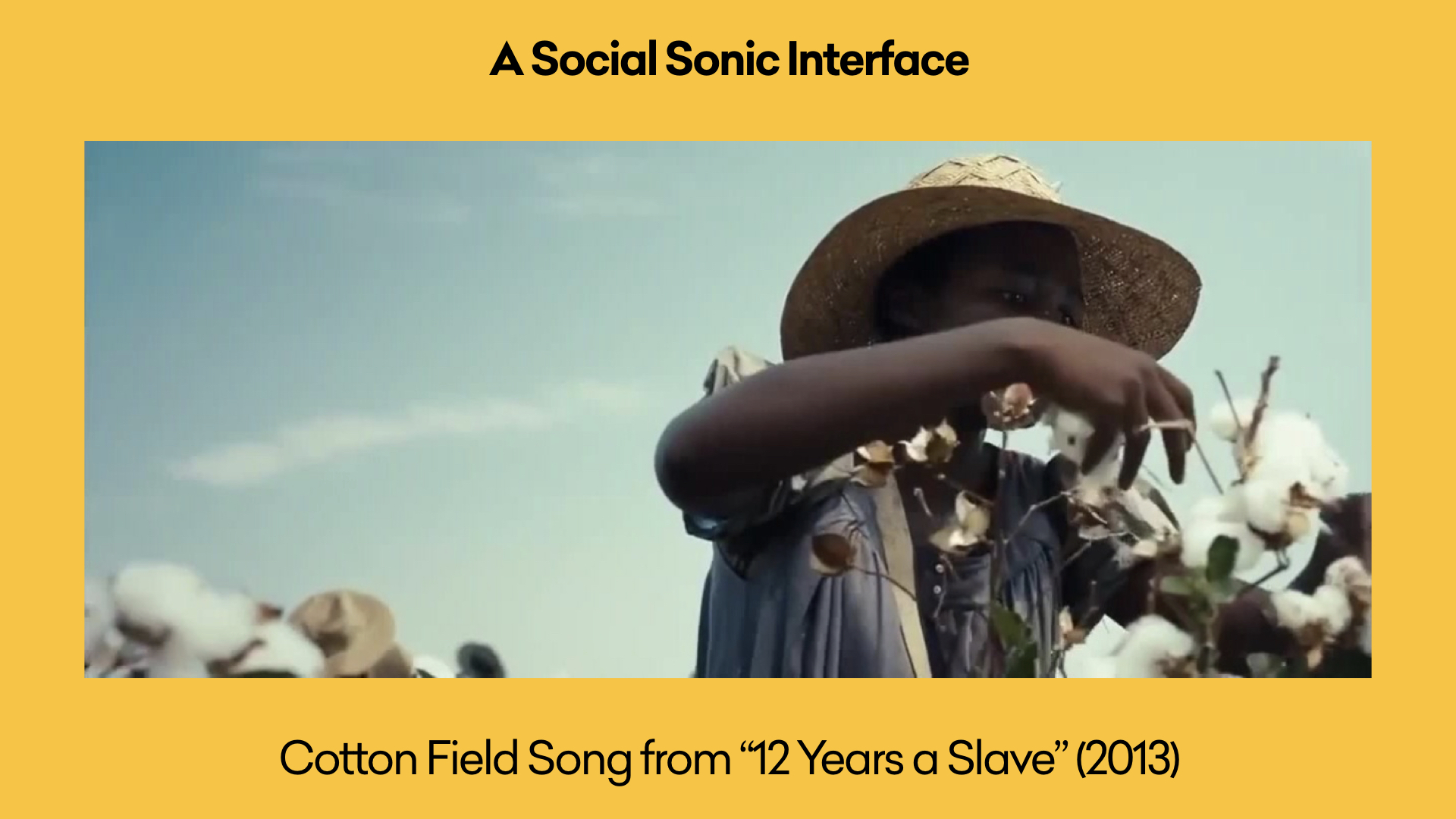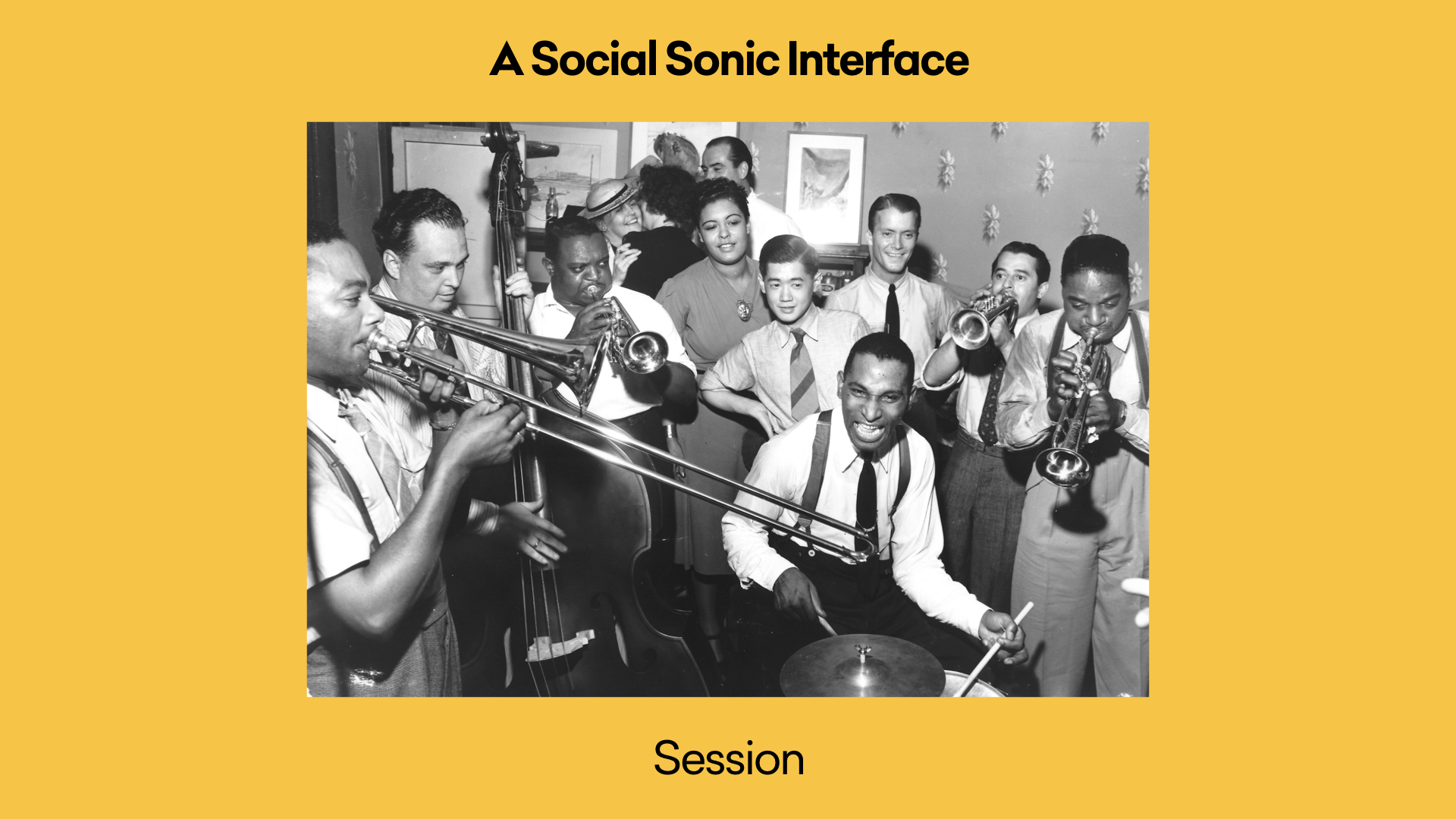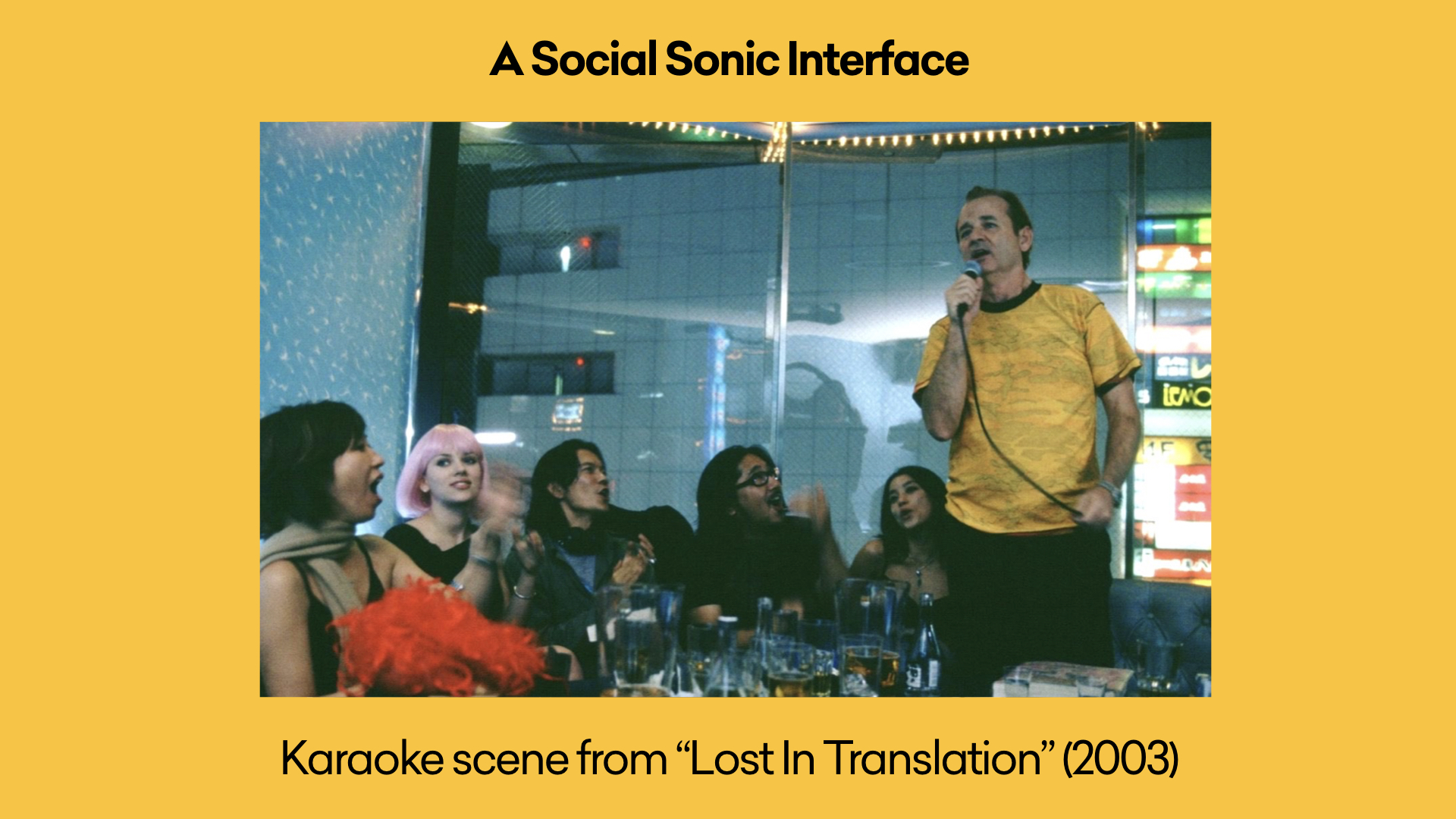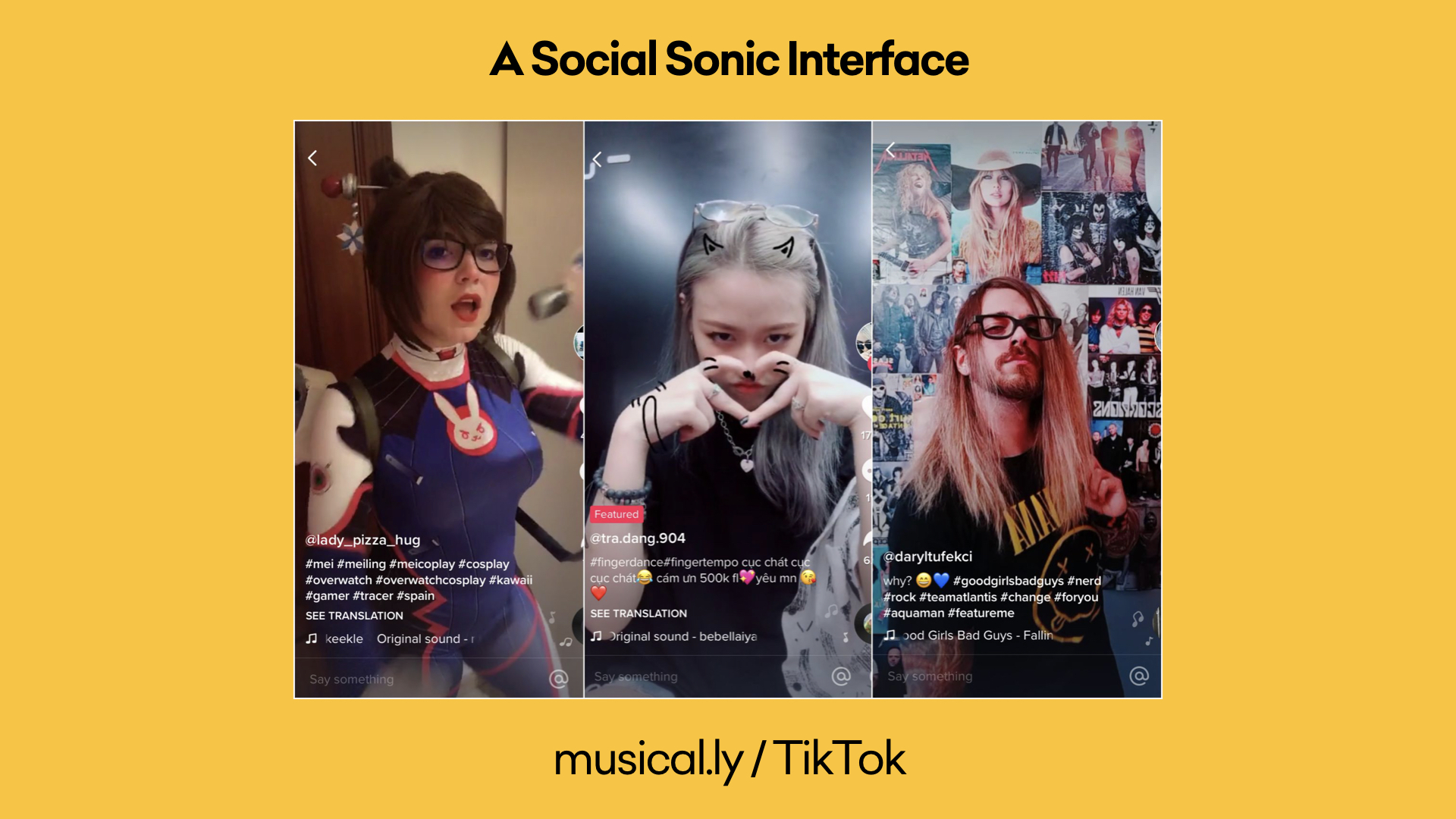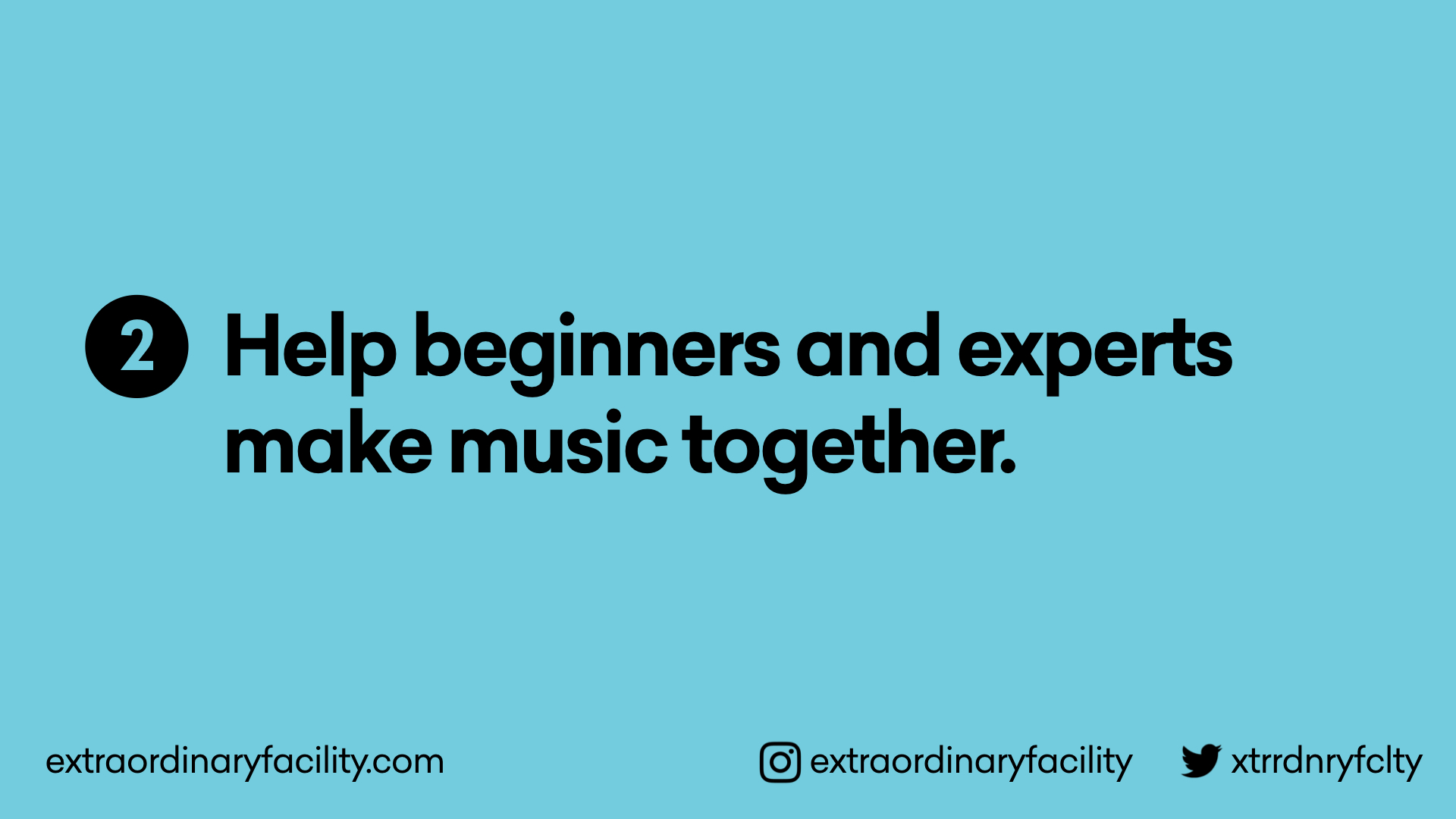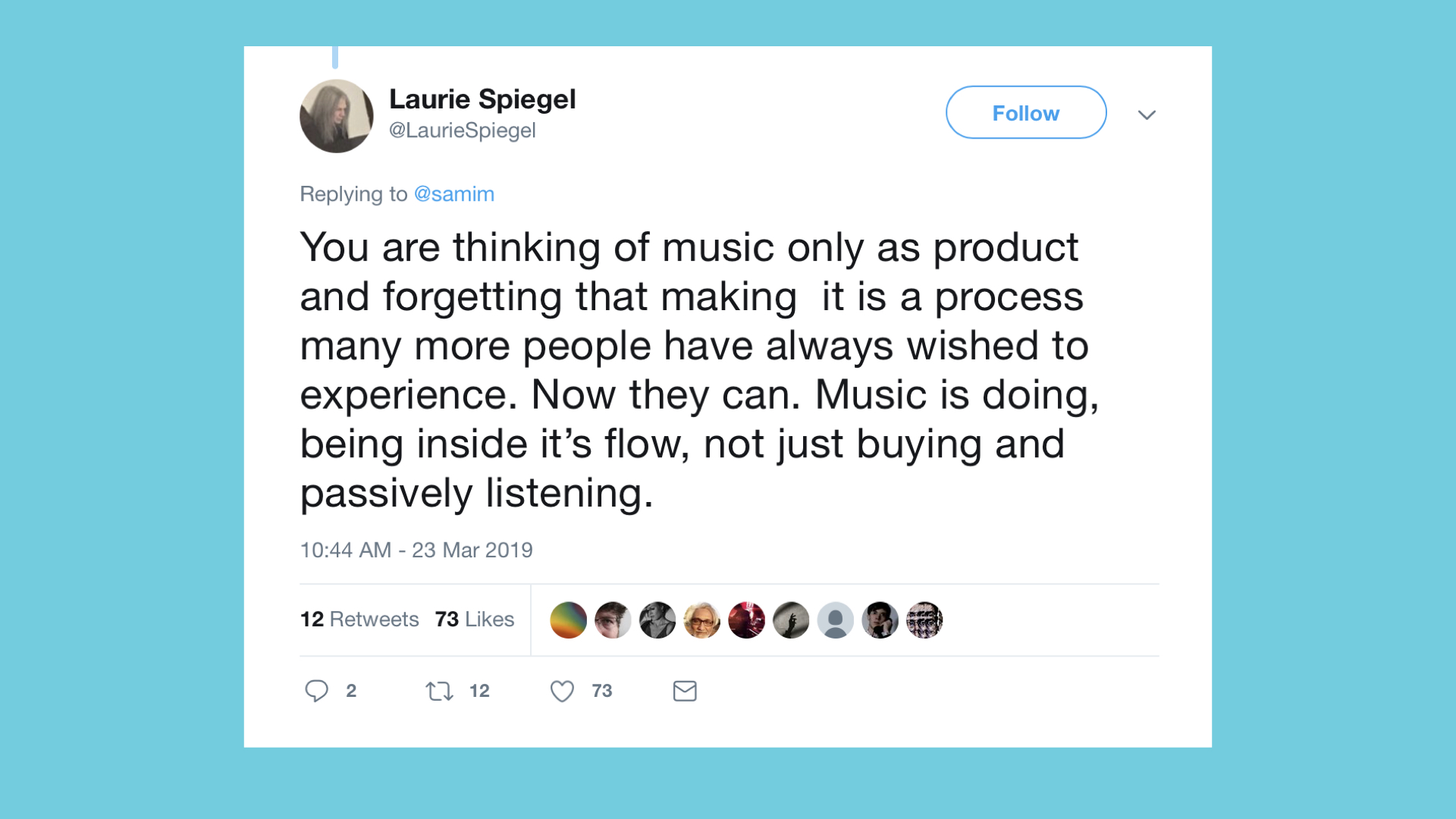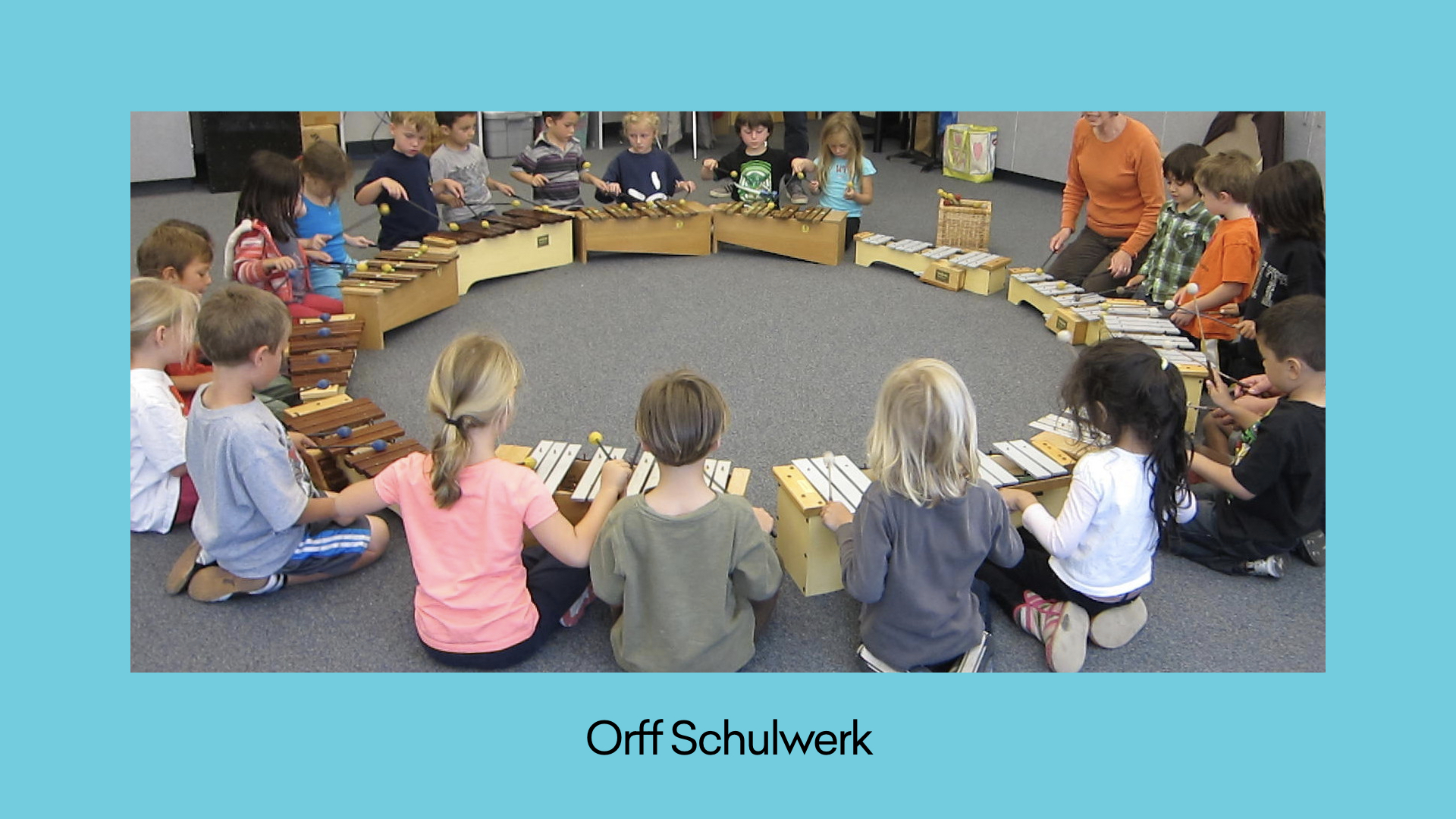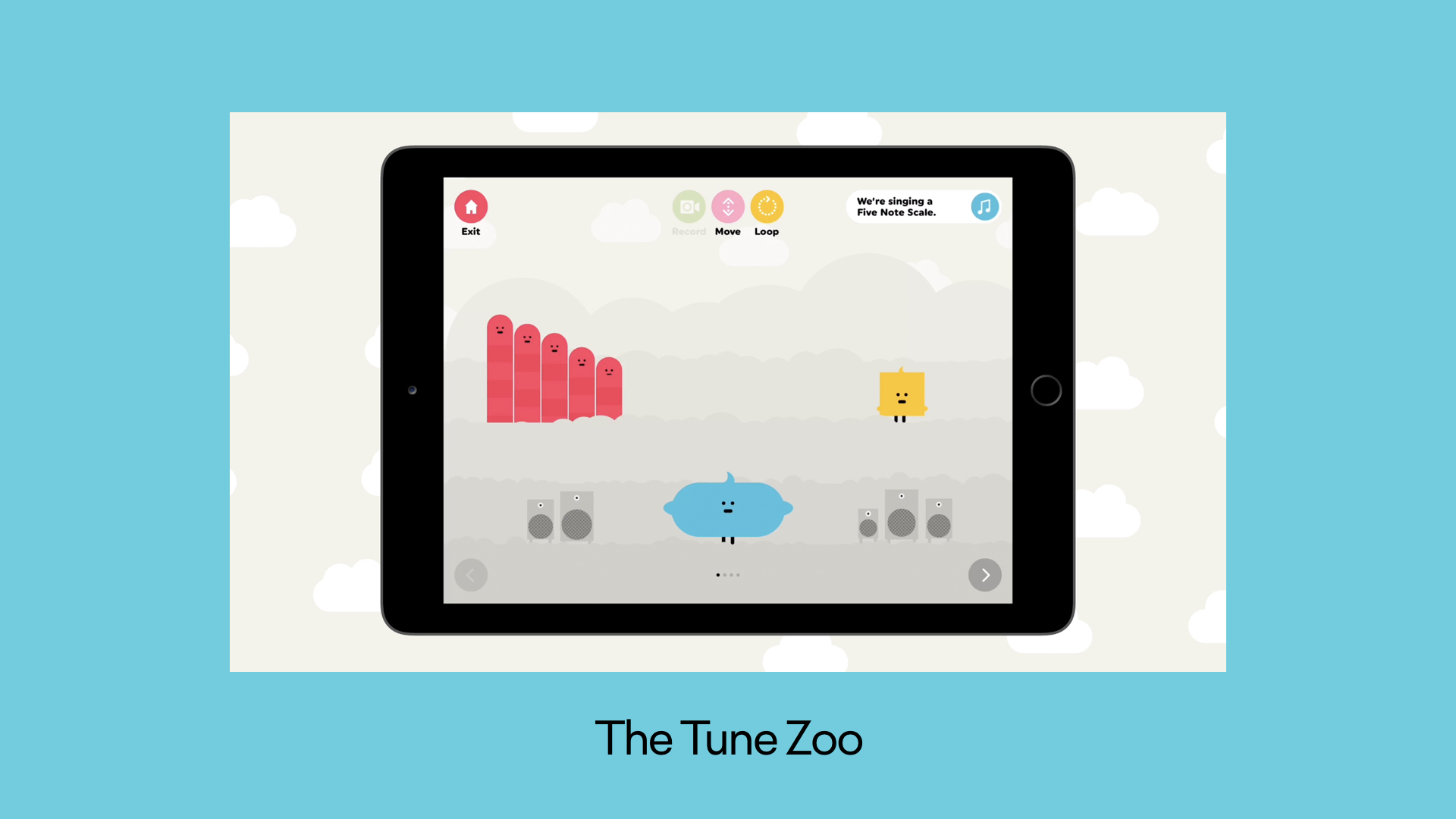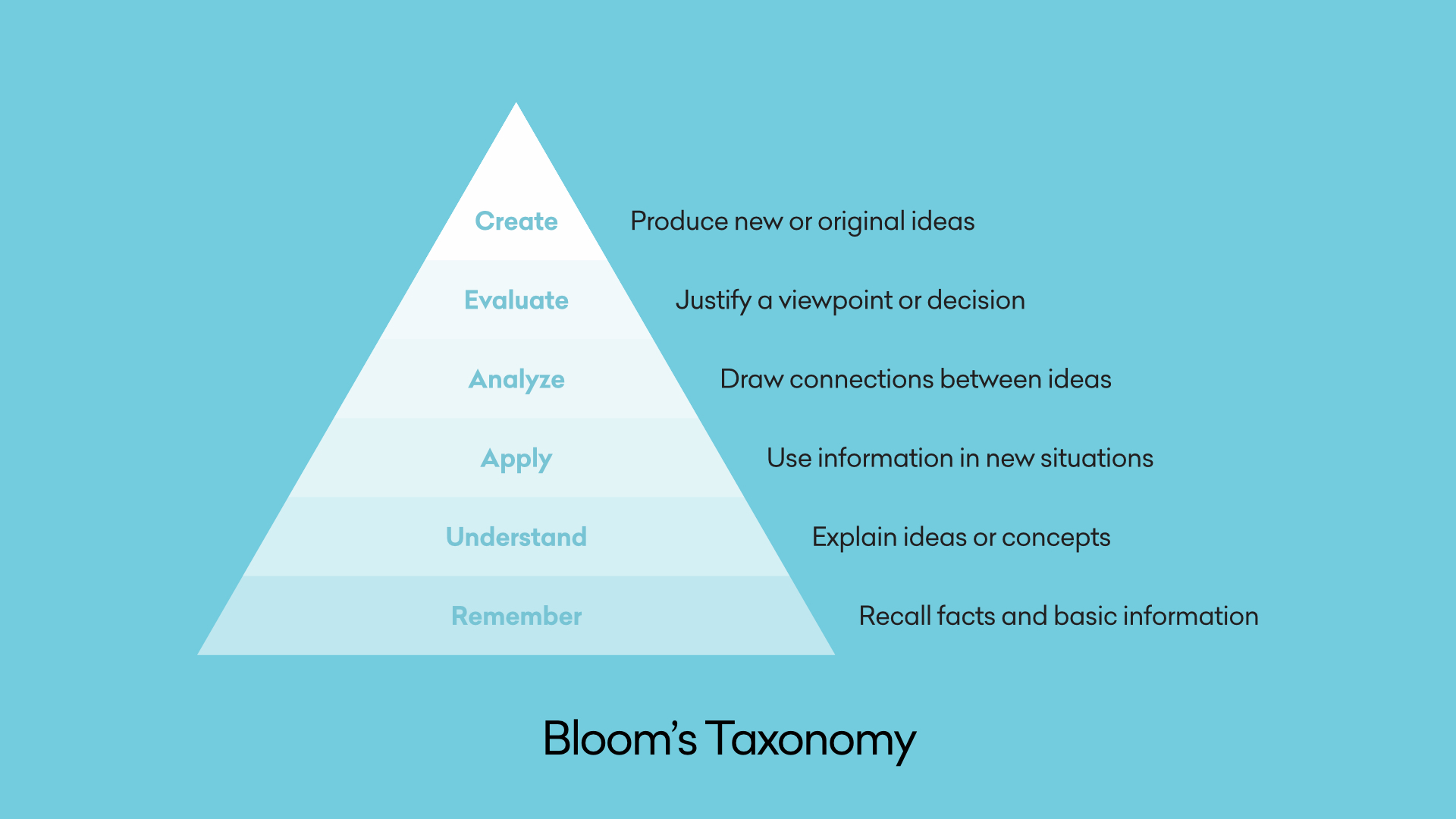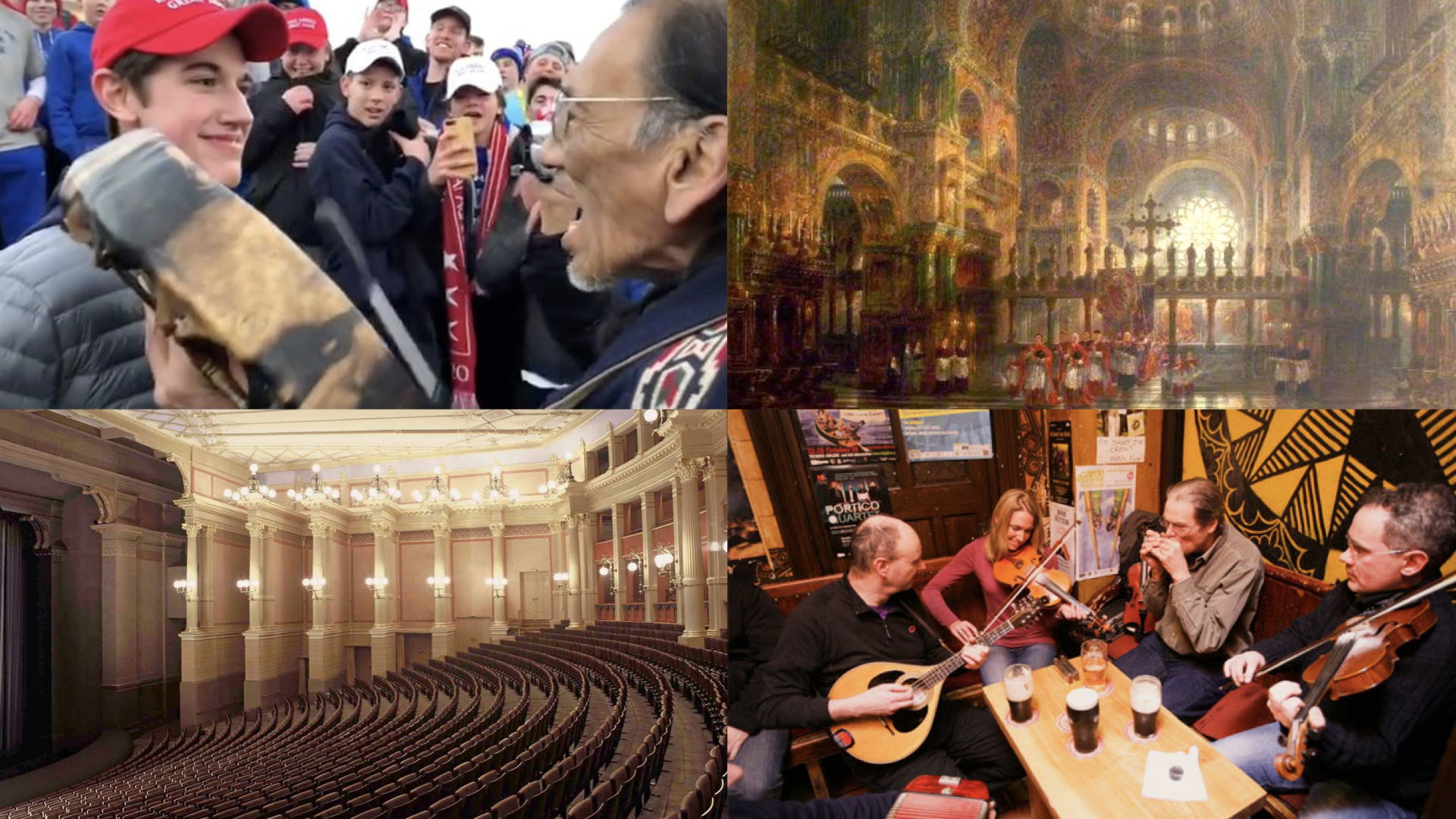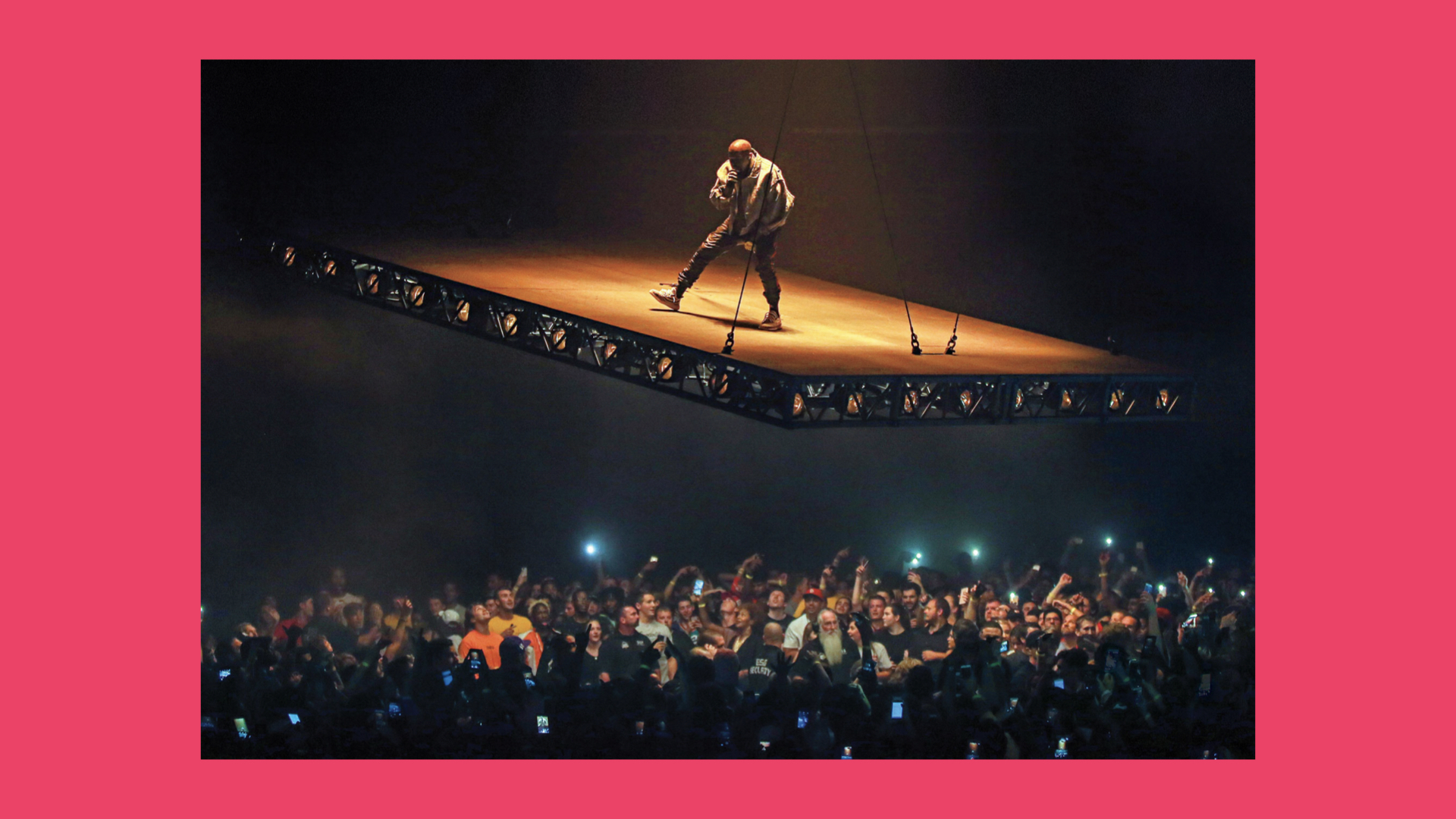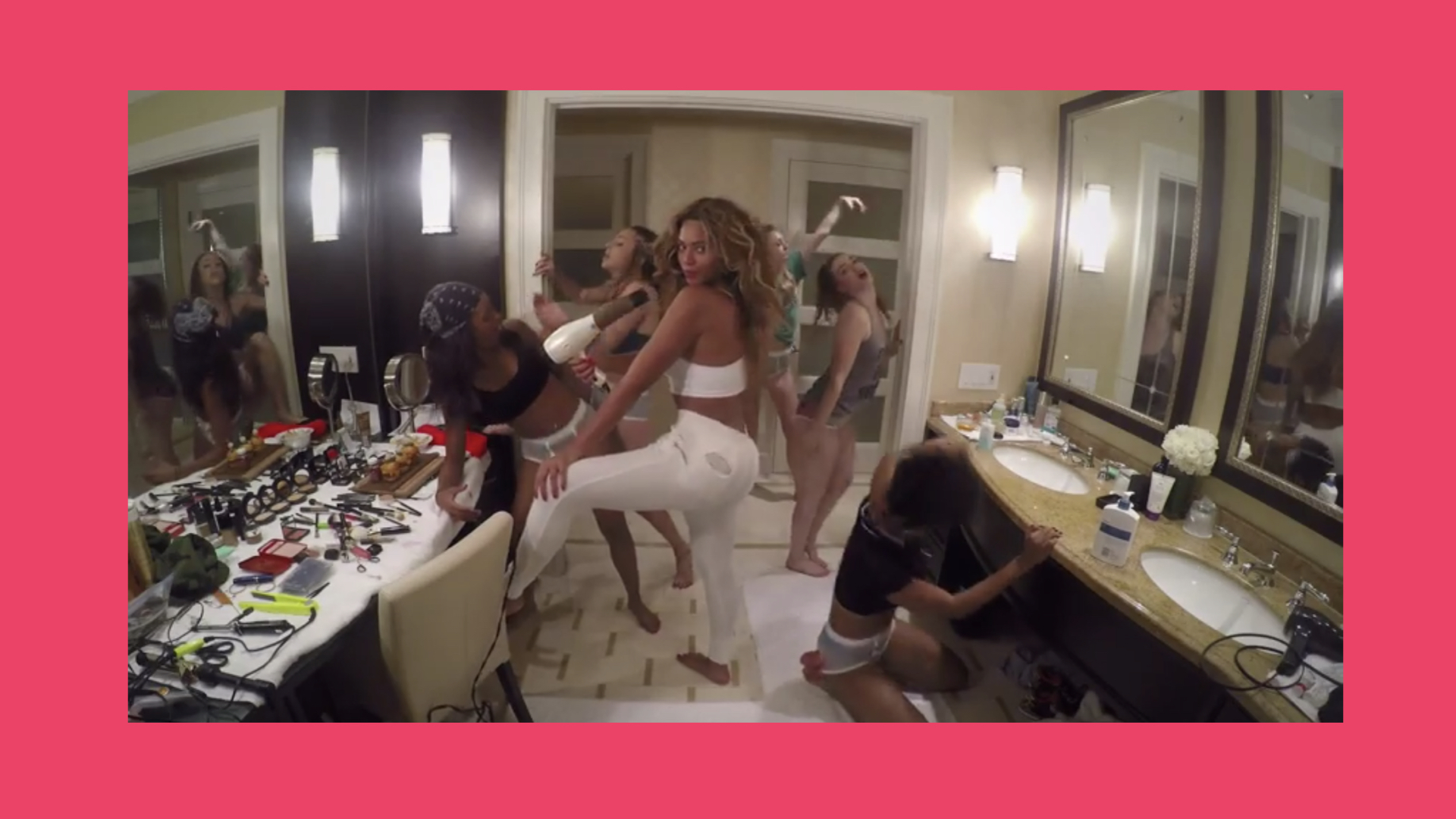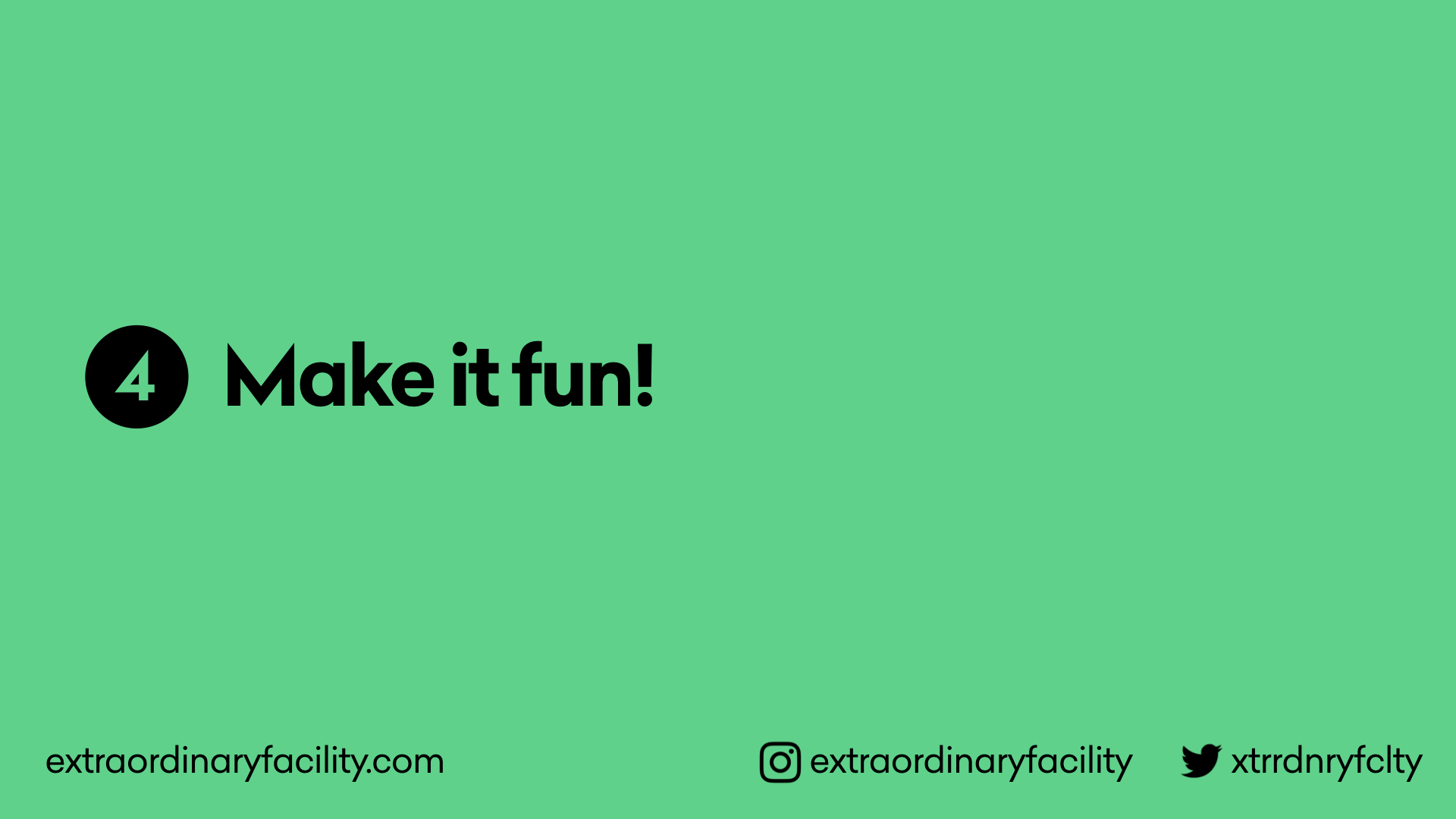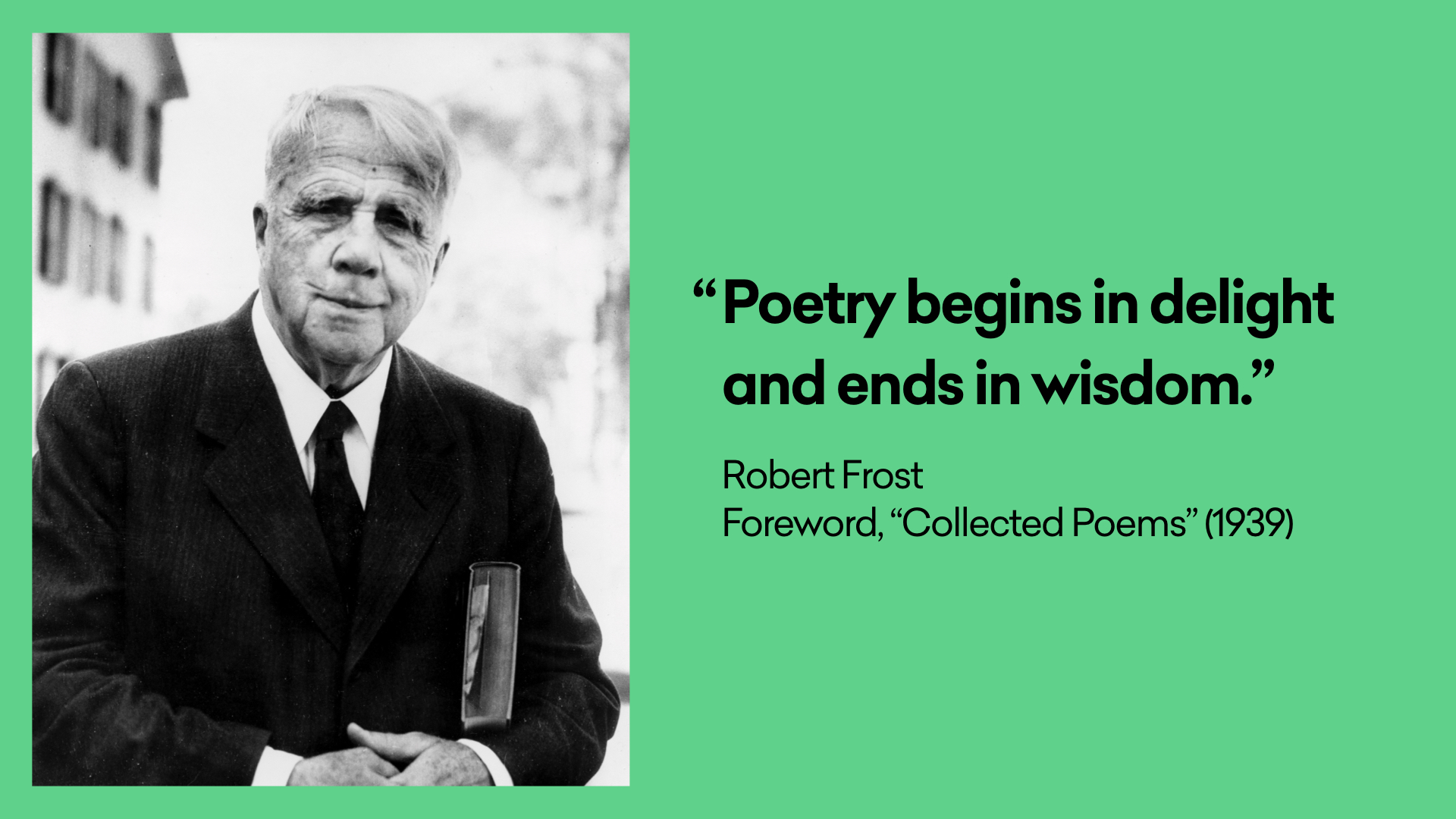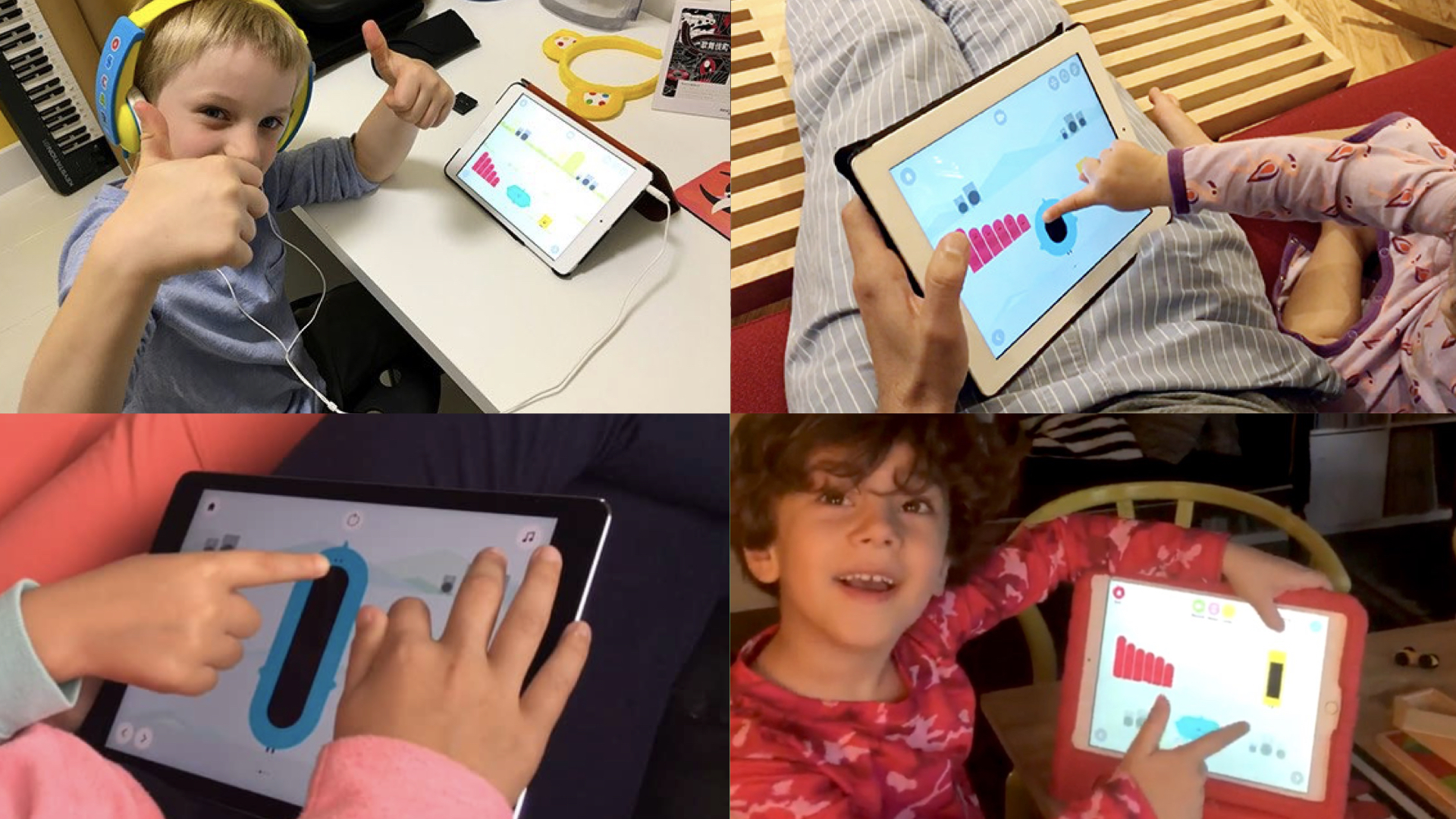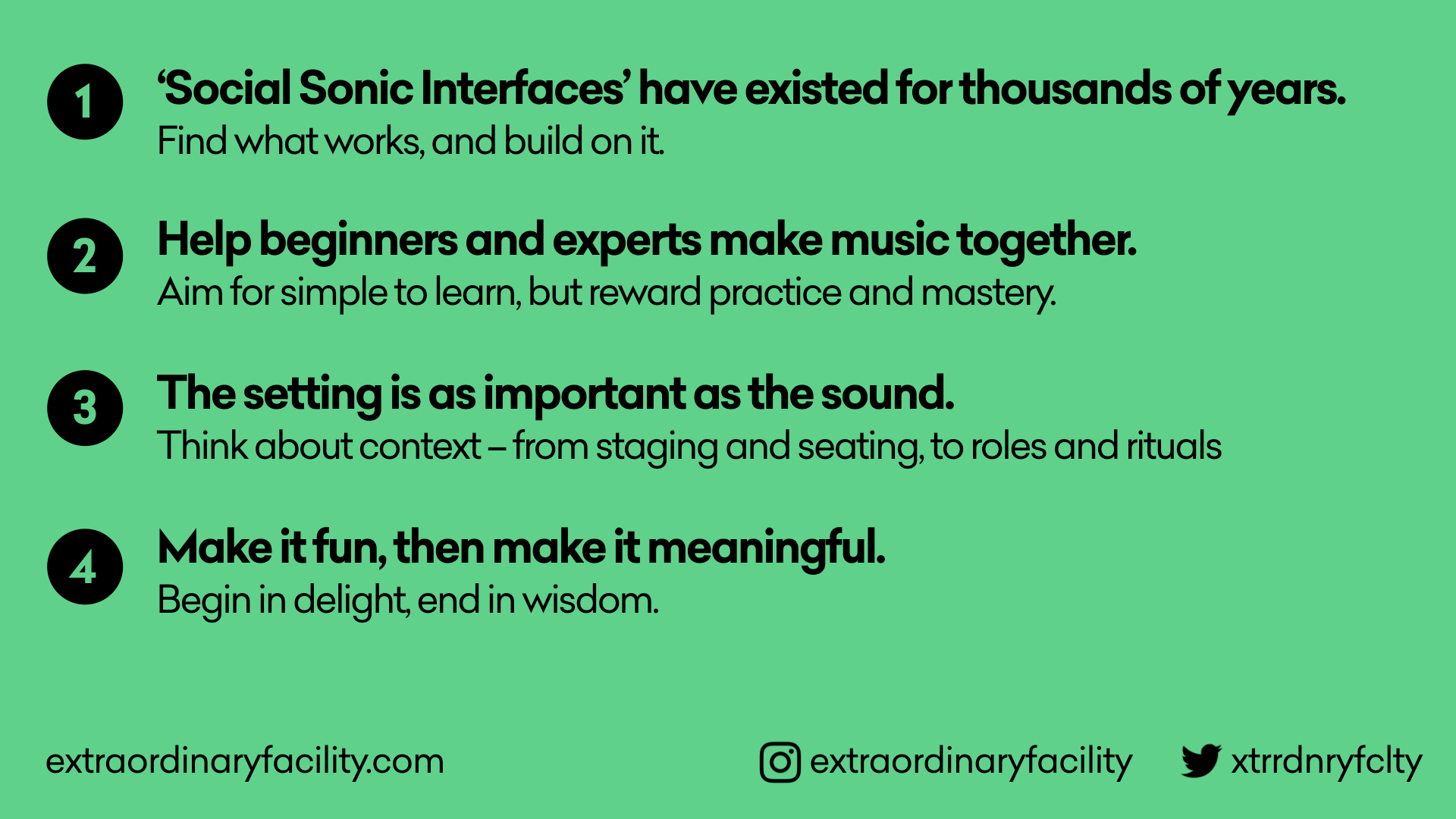This is a little talk I gave to some of the BFA Design & Technology students at Parsons School of Design a few days ago. They’re currently working on a brief asking them to design a ‘Social Sonic Interface’. Thanks to Oscar Salguero and Sibel Guler for the invite!
So. Hello!
Yep, that’s me.
I run a little design studio called Extraordinary Facility.
Its focus is on design for learning and play…
…and this is type of work it does.
Obligatory client logo screen! The studio’s been going for about two years so far.
Anyway, enough about me. To the brief!
I’m going to talk about these four things today.
‘Social Sonic Interfaces’ have existed for thousands of years. Let’s take a look at some.
This is a social sonic interface. There are so many layers of history and culture packed into this one image – I could do the whole talk just about it! Don’t worry, I won’t. But go take a look at the history of drumming and social rituals.
The Seikilos Epitaph – one of the oldest musical compositions in the world. Music notation is a social sonic interface. It doesn’t make sound by itself, but it consists of instructions for other people to do so. Think about how that might relate to your interface.
Look at the social history of music in palaces and churches. Massive, ornate social sonic interfaces! We’ll come back to this a bit later.
The social history of specific instruments is useful to look at too. The Book of Revelation, and more specifically, The Last Judgement, involves a lot of trumpets. Why is that?
Gabrieli was one of the first (classical, western canon) composers to explore how music relates to architecture. He would place parts of his choir in different places around the building to get different effects. Again, think about the social sonic interface here – the social role of the church, the sonic effects of the architecture, and the interface of the religious ritual.
Look at the history of Bayreuth. I imagine this was probably the first ever place where someone said “shh!” at a gig, and I’d bet that the origins of pop music today, especially as they relate to star performers and massive, hushed crowds, have some strong roots here.
This is another type of sonic social interface. Think about the layers here. What are the relationships between the people? What must it have sounded like? Some music is born in the most brutal conditions imaginable.
And look at how this music evolved. In particular, the social sonic interface of the Session. Blues, Jazz and Hip Hop all have their own variants – think about how using the words ‘Jam’ or ‘Battle’ (as opposed to ‘Concert’ or ‘Performance’) change how we perceive the music.
Here’s another type of Session. Keep looking beyond the sound – what are the other layers going on here?
Here’s a social sonic interface that almost relies on sounding bad. There’s always that one good singer that hogs the mic, ruining the evening. We’ve all been there!
Here’s a social sonic interface you all know about more than I do. I know it exists, but I’m too old to really understand it. You tell me!
So, when it comes to designing your own social sonic interface, don’t try and reinvent the wheel. Go back through history, steal some ideas that work already, and experiment with them in new ways.
Second point! I think it’s really important to find ways for everyone, of all musical skill levels, to play together.
This was a great thread the other day from Laurie Spiegel. Check out her work! Seminal stuff.
And watch Bobby McFerrin explain the secret superpowers of pentatonic scales. Pro tip: if you’re designing a tuned instrument for multiple players of all skill levels, limiting it to pentatonic is a useful starting point.
This approach has strong roots in music education. The Orff Schulwerk method is probably the most common system of the last 50-odd years, and pentatonic scales are a huge part of it. Dig into how kids learn music – there’s a ton of useful ideas there…
…some of which I used for The Tune Zoo, a little music toy for iPad I built a couple of years ago.
Game design is a useful lens to look at music through. One useful framework is Robin Hunicke’s MDA (Mechanics, Dynamics & Aesthetics). Basically, just go look at everything she says and does!
Another useful framework: Bloom’s Taxonomy. It’s mostly used by teachers, but I think it has immense value for designers too. Think about the layers of the instrument you’re designing – start with the basics at the bottom of the pyramid, and work your way up to the top.
Which brings me to point number 3! The setting is just as important as the sound.
Let’s take some of the examples from earlier. All the ‘non-sonic’ stuff – the building; the room; the people; the relationships and so on – is of equal importance to the sonic stuff. When you’re designing your instrument, think about it as a set of ‘sonic’ and ‘non-sonic’ elements that all add up to one experience. Adam Harper talks about this a lot in his book Infinite Music.
Think back to the last gig you went to, and if and why it was meaningful. It’s about the people you were with, what you were doing, and the memories you formed together.
The sound is part of the experience, but it’s not the only part. Context matters!
Ok, last point. Make it fun!
This is one of my favorite quotes. It’s about poetry, but I think it applies to all forms of creative activity. Begin with the visceral pleasure-inducing stuff, then add more meaningful layers. Emotional resonance is at the heart of music, and is underrated in design.
Every so often I get emails and video messages from people of their kids playing and dancing with The Tune Zoo. At its heart, The Tune Zoo is quite a silly interface – you just pull a little bird’s stretchy head! – and that’s fun enough for most kids to play with over and over again. But, for the kids that are interested, there’s more in there too. Scale types, notation, dynamic diagrams and so on. Teachers call this differentation – your interface will be all the richer if it has this too.
But start with smiles and laughs. If you can generate those, you’ve got some gold dust to work with. Everything else will follow from there.
Ok, we’re nearly out of time! Those 4 main points again, and here’s some further reading and references, in no particular order:
Books and papers
Music, Mind and Meaning – Marvin Minsky
Music and the Making of Modern Science – Peter Pesic
Infinite Music – Adam Harper
How Music Works – David Byrne
The Triumph of Music – Tim Blanning
Every Song Ever – Ben Ratliff
The Rest Is Noise / Listen To This – Alex Ross
Words And Music – Paul Morley
Musicophilia – Oliver Sacks
Further Links
Laurie Spiegel’s software
The algorithm signed to Warner
Vocaloid
Mozart-era musical dice games
Alvin Lucier – I Am Sitting In A Room
In C: Terry Riley
Audium
Yotam Mann
Alex Chen
Nicole He
Wandersong
PaRappa The Rapper
Janet Cardiff – Forty Part Motet
Reactable
Ototo / Yuri Suzuki
History of video game music: RBMA
Otamatone! and all of Maywa Denki
Rauschenberg, tennis and Bell Labs
Playing The Building – David Byrne
Ok, that’s all from me for now. Looking forward to seeing how you all get on with this tasty brief. Thanks!
